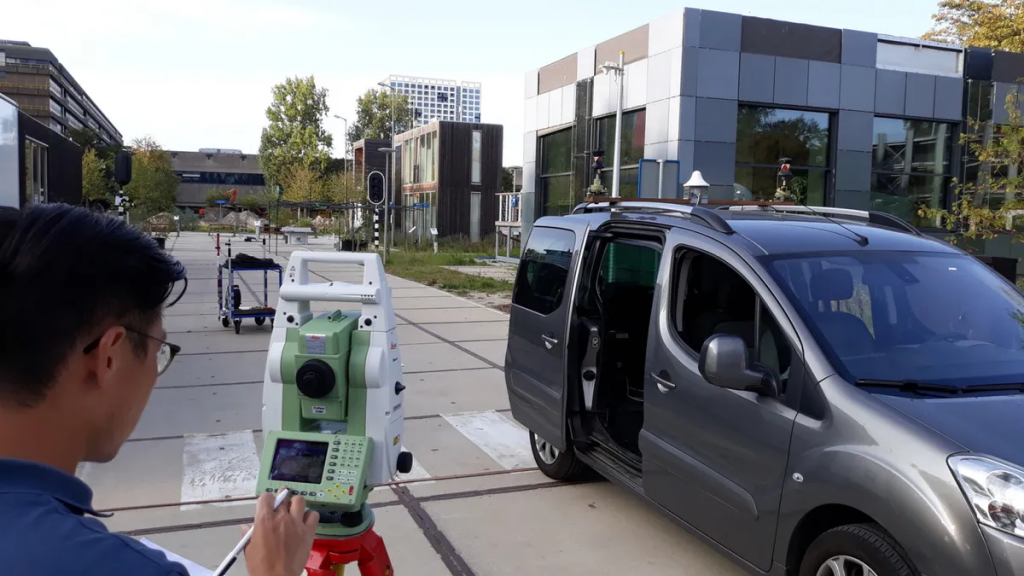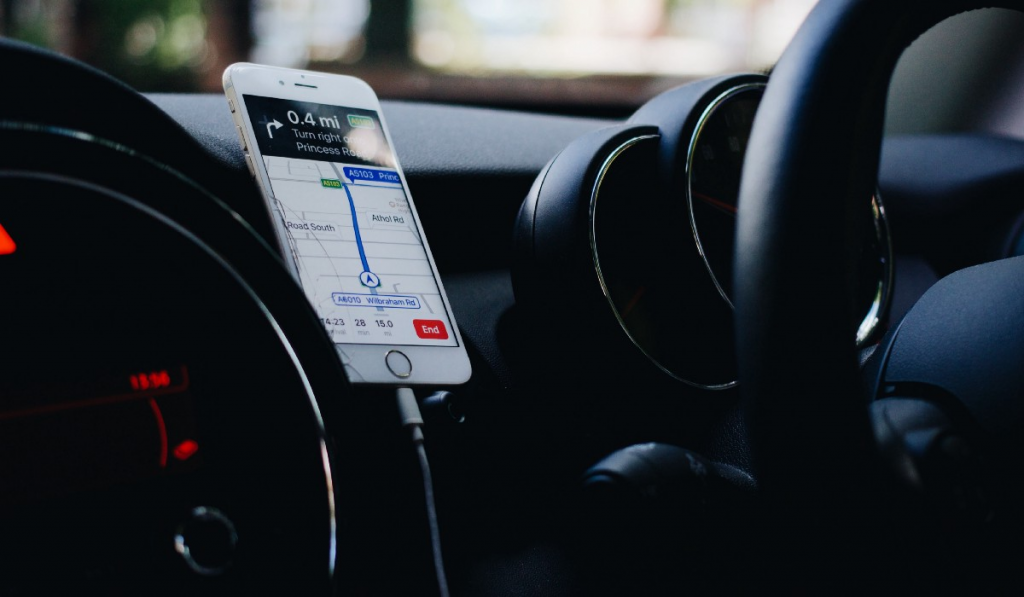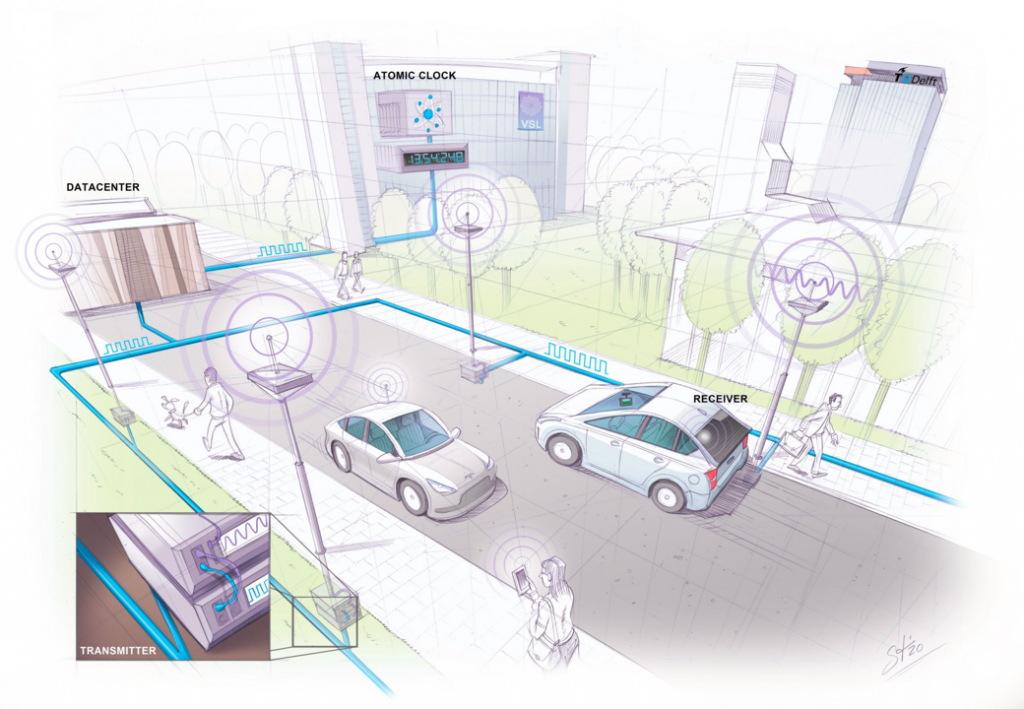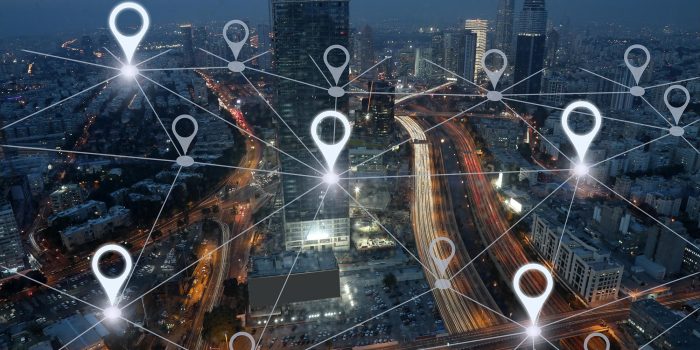A different way of locating has been created by researchers from Delft University of Technology, Vrije Universiteit Amsterdam, and VSL that is more precise than a GPS has ever been.
The prototype used to show off this new mobile network architecture was created for urban environments and has a high accuracy of 10 centimetres. The team claims that implementing location-based applications like self-driving cars, quantum communications, and next-generation mobile communication networks depends on this ground-breaking technology.

The research team asserts that although satellite-dependent systems like the US GPS and the EU Galileo are important infrastructures, they have weaknesses and risks.
Their radio transmissions on Earth are feeble, making precise placement impossible if they are reflected or blocked by buildings.

According to Christiaan Tiberius, project coordinator at the Delft University of Technology, a key concern if employed in driverless cars is that this may render GPS unreliable in urban areas.
He emphasised that the government and the general people both utilise GPS for a range of location-based services and navigational tools. The team claimed that a backup mechanism is therefore necessary.

The goal of the SuperGPS project was to create an alternative positioning system that could be more reliable and accurate than GPS by using the mobile telecommunications network rather than satellites.
The researchers realised that with a few changes, the telecommunications network could be transformed into an incredibly accurate alternative positioning system independent of GPS, according to Jeroen Koelemeij of the Vrije Universiteit Amsterdam.
According to the researchers, they have created a system that can offer connectivity similar to current mobile and Wi-Fi networks, as well as precise positioning and time distribution similar to GPS.
One of these innovations requires coupling the mobile network to a highly accurate atomic clock so that it may broadcast signals for placement in precise timing, just like GPS satellites do with the aid of atomic clocks.

“With these techniques, we can turn the network into a nationwide distributed atomic clock – with many new applications such as very accurate positioning through mobile networks,” said Erik Dierikx of VSL.
“With the hybrid optical-wireless system that we have demonstrated now, in principle, anyone can have wireless access to the national time produced at VSL. It basically forms an extremely accurate radio clock that is good to one billionth of a second,” Dierikx added.
The findings of the study were published in the journal Nature.


